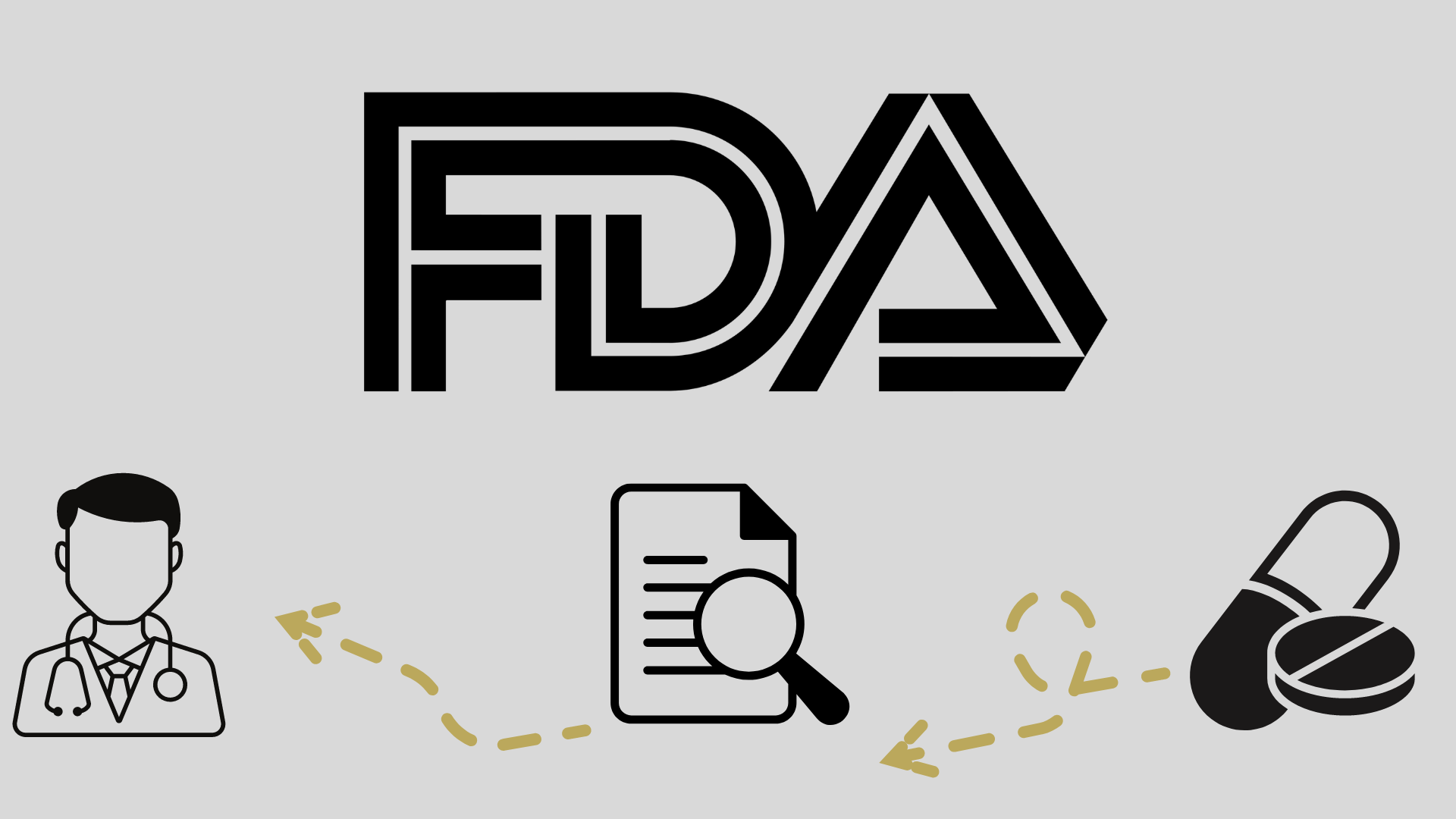
FDA Grants Priority Review for TLX101-CDx PET Imaging Agent in Glioma

The FDA accepted the new drug application for TLX101-CDx and granted priority review to the agent in glioma.
- The FDA has accepted the new drug application (NDA) for TLX101-CDx (Pixclara; 18F-floretyrosine [18F-FET]) for glioma treatment and granted the application priority review.
- A Prescription Drug User Fee Act (PDUFA) goal date of April 26, 2025, has been set.
- If approved, the agent could become commercially available in the US in 2025, addressing an important unmet need in brain tumor imaging.
The NDA for TLX101-CDx, a novel PET imaging agent for glioma, has been accepted by the FDA, and the application has been granted priority review.1
With this, a PDUFA target action date has been set for April 26, 2025.
“Telix believes that the FDA approval of Pixclara will drive a step-change for brain cancer imaging in the US and bring it into line with a more advanced standard of care currently used in other markets. There is currently a critical need for better imaging in brain cancer, and Telix is dedicated to delivering precision medicine solutions that address patient needs and enhance both cancer imaging and treatment outcomes,” said Kevin Richardson, chief executive officer, Telix Precision Medicine, in a press release.
TLX101-CDx is a PET imaging agent that targets the membrane transport proteins LAT1 and LAT27. TLX101-CDx can potentially be used as a companion diagnostic to
TLX101 is a radiotracer designed to aid in the differentiation of progressive or recurrent glioma from posttreatment changes in both adult and pediatric patients. The FDA previously designated the agent orphan drug and fast track designations in 2020 and 2024, respectively.
Although FET PET imaging is already included in international clinical practice guidelines for glioma, there is currently no FDA-approved amino acid PET agent for brain cancer imaging in the US.
TLX101 is currently undergoing investigation in a phase 1 trial titled IPAX-2 (NCT05450744) where it is being given in combination with best standard of care for the treatment of patients with newly diagnosed glioblastoma.2 The agent is also being evaluated in combination with concomitant external radiation therapy in patients with recurrent IDH1/2-mutated high-grade glioma in the phase 2 IPAX-Linz-01 trial (EudraCT2021-006426-43).3
If TLX101 receives FDA approval, it can potentially provide clearer differentiation between tumor recurrence and treatment effects. This enhanced diagnostic capability could lead to more accurate treatment planning and decision-making, improving patient outcomes.1
In addition to its use in glioma imaging, the potential of TLX101 as a companion diagnostic for TLX101-Tx, an investigational neuro-oncology drug currently in development, is being explored. Like TLX101, TLX101-Tx targets the same amino acid transporter mechanism but uses therapeutic radiation for treatment.








































